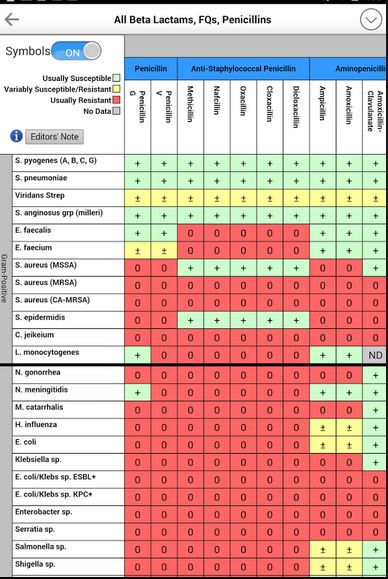Lesson 3: Specialty References – Infectious Disease, Non-Prescription Drugs, Therapeutics, Herbal Products, and Toxicology

Frank is a 62-year-old Caucasian male who has been having some trouble with urination lately. He reports feeling the need to go frequently, and when he does, the urine stream is weak. After searching on the Internet, he has decided that he has Benign Prostatic Hypertrophy (BPH). He hasn’t seen a doctor for this condition, so he would like to buy some saw palmetto because it is an herbal supplement available over the counter. He read some good reviews of it online, but he would like your expert opinion on whether this supplement is something that would be worth trying.
Where would you go to find an answer to Frank’s question?
Specialty references are able to answer specific questions pertaining to pharmacy and pharmacotherapy.
In this module, we will review specialty references pertaining to:
Infectious Disease
The Sanford Guide to Antimicrobial Therapy
- Published yearly
- Drug susceptibility is provided in a table format
- Guides choice, dose, and monitoring of antimicrobial regimens
- Includes tables on spectrum of activity, antimicrobial dosing in obesity, antifungal drugs, drug desensitization methods, and many more
- Available as a physical “pocket guide” but also as an app
A true “pocket guide” that many clinicians use on rounds to guide antimicrobial therapy
Nonprescription Drugs & Herbal Medicine
Handbook of Nonprescription Drugs: An Interactive Approach to Self-Care
- American Pharmacists Association

- Textbook format
- Good for community pharmacists for self-limiting conditions
- Treatment algorithms
- Exclusions for self-treatment
- Eleven sections
- Organized by body system (eg., respiratory disorders, dermatologic disorders, etc.)
- The practitioner’s guide to self-care
- Home medical equipment
- Complimentary and alternative medicine
This is likely the textbook you will use in your OTC course
Herbal Medicine
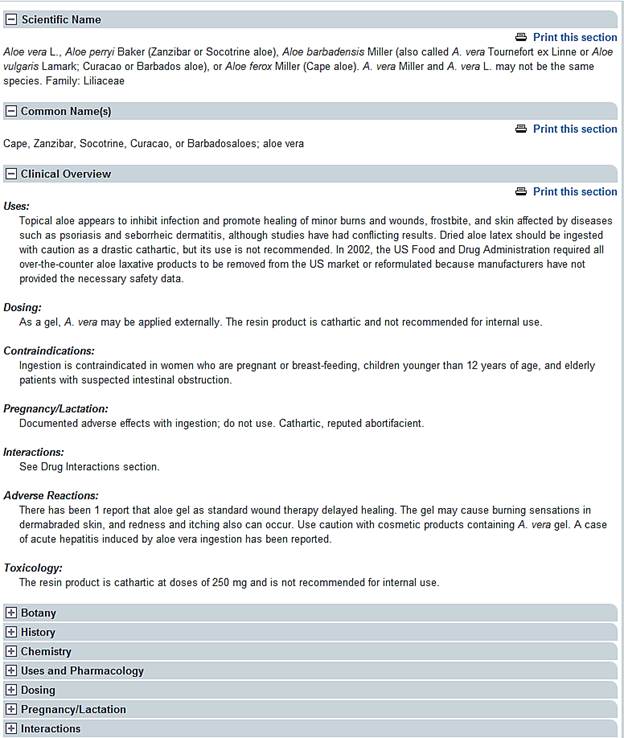 The Review of Natural Products
The Review of Natural Products
- Published by Facts and Comparisons
- Available in print and online via F&C
- Monograph format: Botany, history, chemistry, use, pharmacology, pregnancy and lactation, interactions, adverse reactions
- Evidence-based review of case reports and primary literature
- Evidence-based herb/drug interaction appendix
- Indexed alphabetically and by therapeutic use
Should be used to evaluate both benefits and risks of various herbal products.
Natural Medicines
- Available through HSL
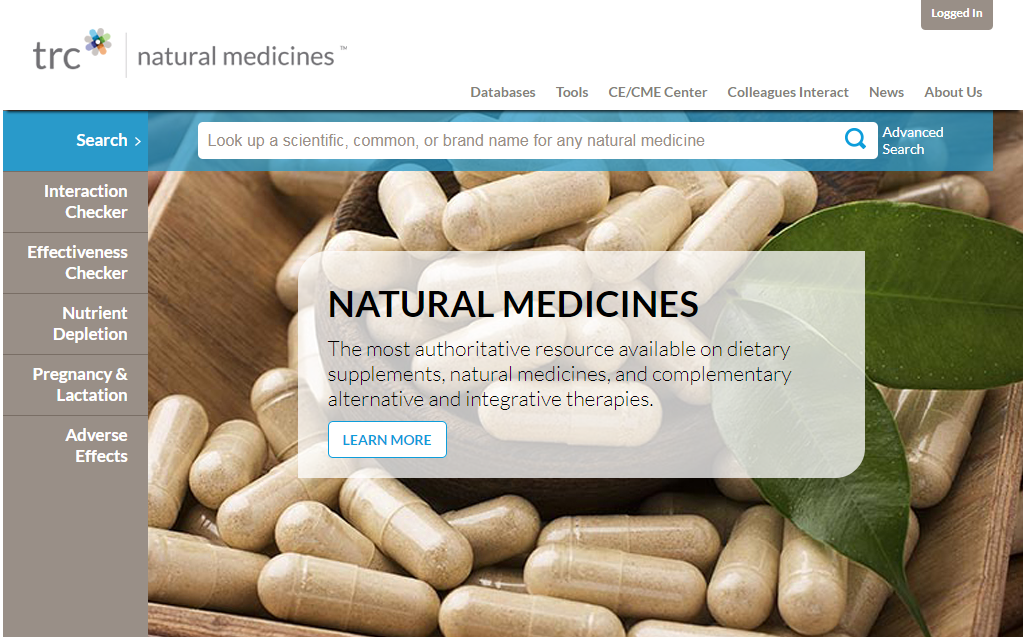
- Evidence-based information about complementary and alternative therapies
- Information is organized by product, with extensive monographs for different active ingredients and product brands
- Also includes information on non-medication therapeutics, such as medication, prayer, massage therapy, etc.
- Multiple interactive databases: Food, herbs, and supplements; comparative effectiveness, commercial products
- Multiple interactive checkers: Interactions, effectiveness, adverse effects, pregnancy/lactation
A more interactive approach than The Review of Natural Products, which is an e-textbook format.
Therapeutics
The Pharmacological Basic of Therapeutics
- Also known as “Goodman & Gilman’s”
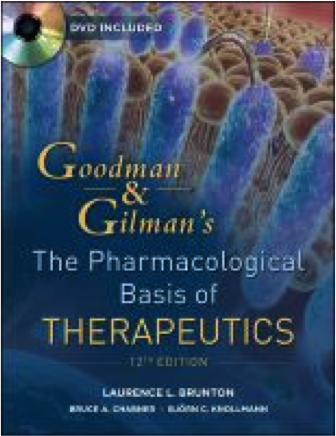
- Available online through the HSL Web site and as a text book
- Comprehensive disease state information organized by organ system and medication class
- Correlates pharmacology with clinical application
- Emphasizes the applications of pharmacodynamics to therapeutics
This reference is helpful for providing detailed information regarding the pharmacology of drugs.
Pharmacotherapy: A Pathophysiologic Approach
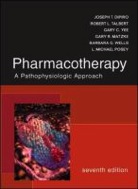 Also known as “Dipiro”
Also known as “Dipiro”- Available as textbook and online via HSL
- Sections organized by organ system and specific disease states
- Simplified presentation of normal physiology, pathophysiology, and diagnostic approaches
- Uses a disease management approach to comprehensively delineate pathophysiological and therapeutic relationships.
This is the textbook you will use for your Therapeutics coursework.
Toxicology
PoisonDEX (resource within Micromedex; covered in lesson 1)
- Comprehensive information about medical and non-medical exposures (eg, bleach, inorganic chemicals)
- Includes information on acute and chronic management
- Database includes various product brands, non-prescription products, and herbal/natural medications
Toxicologic Emergencies
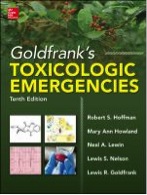 Also known as “Goldfrank’s”
Also known as “Goldfrank’s”- In print and online via HSL as e-book
- Five sections
- General approach to medical toxicology
- Biochemical and molecular basis of medical toxicology
- Pathophysiologic basis of medical toxicology: the organ system approach
- The clinical basis of medical toxicology
- Focus on antidotes
- Self-assessment quizzes and cases available in the online version
- Includes information regarding exposure to drugs, plants, household products, occupational hazards, and environmental xenobiotics
- Very comprehensive resource – not meant as a quick-reference guide
Written for use by Emergency Physicians
Let’s return to Frank, who as you recall, thinks he is suffering from BPH and would like to try Saw Palmetto.
What resource(s) would you consult to answer Frank’s question? And what would be your response?
Click Check Answer to compare your response to an expert’s.
Questions
Use the scenarios provided to answer the following questions. Click Check Answer to compare your responses to the instructor’s answers.
1. You are on the internal medicine service and receive a call from a medical resident wanting to know how he should write a prescription for a patient being discharged on Bactrim® for a moderately infected wound on the left hand. Which specialty reference would you choose to answer this question and why?
2. Dr. Harrison, a neurologist, asks you to draw upon some of your pharmacology knowledge. He wants to know: which specific receptors does hyoscyamine affect (e.g. muscarinic, nicotinic, or both)? Which reference(s) would be helpful for finding detailed information regarding a medication’s mechanism of activity at the receptor level?
3. You receive a call from a frantic nurse working in the intensive care unit. A patient who was ordered carbamide peroxide for ear wax removal had it accidentally administered into his eyes. She anxiously wants to know what harm this could cause and how to treat the exposure. Which reference(s) would assist in determining the proper course of action?
